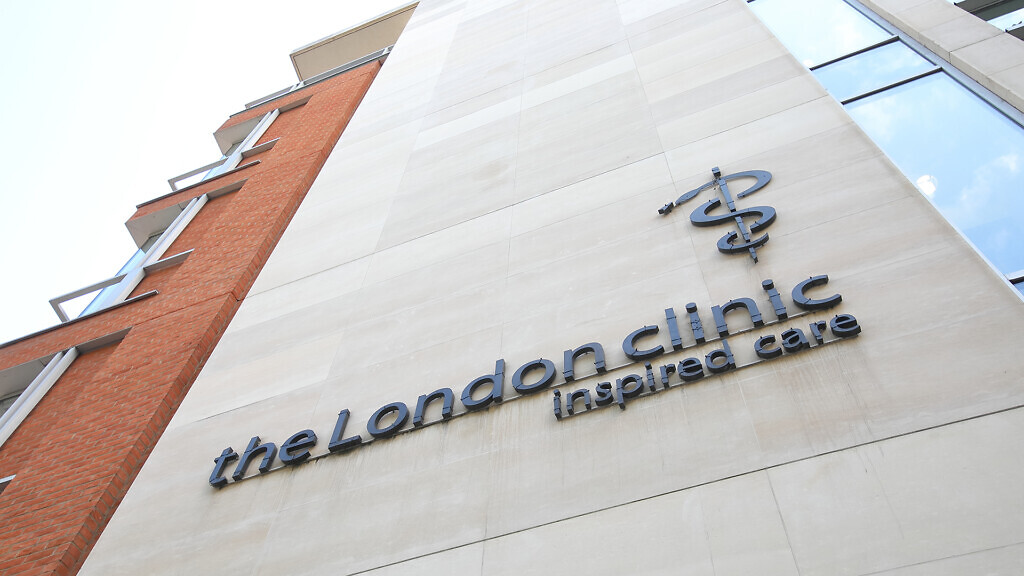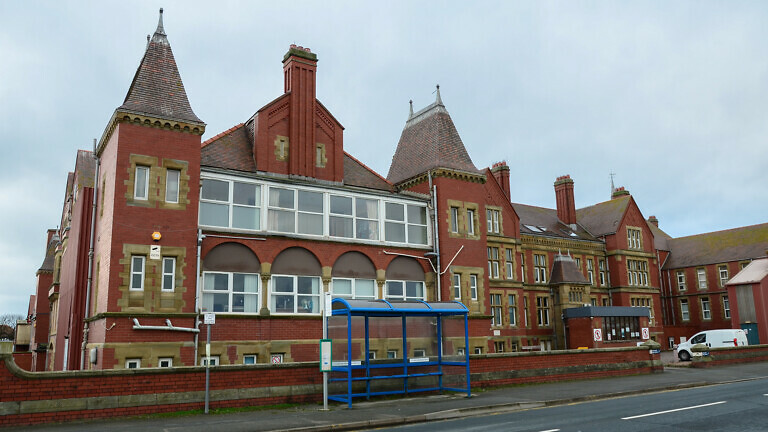Almost a year on, the chief executive of The London Clinic talks about how he has negotiated the international collaboration with the US’s Northwestern Medicine.
Al Russell has not come to The London Clinic by a familiar route. Rather than medicine, he began his career in technology-related businesses and spent 14 years in business roles at telco Vodafone UK. Since September 2017, he has been chief executive at The London Clinic, where he oversaw the international collaboration with US healthcare organisation Northwestern Medicine.
Here, he talks to Healthcare Today about how to handle a partnership without losing your own culture, the growth in private medical insurance, and why regulation is embedded in how The London Clinic operates.
You came into The London Clinic from a technology company. Has that influenced your approach to healthcare?
Having done a lot in technology and telecoms, certain things become second nature – both in management practice and in applying processes at scale. What struck me was how useful that experience could be in healthcare. Of course, healthcare is about clinical excellence, but it also depends on reliable processes and infrastructure. The common principles of leadership translate across any industry, and hopefully I’ve been able to apply that here as well.

The London Clinic has been in partnership with Northwestern for almost a year. What has the experience been like?
The partnership and collaboration with Northwestern Medicine is, without question, an inflexion point for The London Clinic. We’re 93 years old, and this moment is as important in our history as when the foundation stone was first laid.
So, what does the collaboration mean for The London Clinic, and what do we bring to Northwestern Medicine in return? There are several dimensions.
First, resources – to support the growth that both the market and this hospital are seeking.
Second, expertise – particularly in pathways. By that, I mean digitisation of patient pathways and the application of artificial intelligence to support productivity. Northwestern is already far along that journey in Chicago, and we’re now infusing that expertise into The London Clinic. It’s hugely valuable, and crucially, it works because we share the same values and culture.
What it allows us to do is adopt areas of expertise where we know we can improve, and where Northwestern is already excelling. We’ve deployed people across the organisation to accelerate progress – whether in workforce management, supply chains or translating revenue into cash. These may sound like process details, but they’re essential because without money, there is no mission.
And then, of course, there’s clinical excellence. We’re identifying a series of services that will be unique to The London Clinic, but which are already well established in Chicago. That includes areas such as motility and endoscopy, some cancer pathways, and others we’re exploring.
“Around 60% of what we do is cancer-related, and of course, the earlier you catch cancer, the better the outcomes.”
Were you worried about your culture being subsumed?
The first point to make is that this partnership would never have happened if we hadn’t recognised a shared culture. That alignment was essential, and our discussions over time confirmed it. I never had concerns on that front.
What I have really enjoyed, as chief executive, is infusing the best of Northwestern Medicine into The London Clinic, while staying true to who we are. Every organisation can improve, and there are elements of Northwestern’s approach that are outstanding. My aim has been to bring those into our hospital without trying to become something we’re not.
Importantly, it feels like a genuine partnership. They don’t overwhelm us or dictate. Instead, we choose the areas where we want support, and they sit alongside us to help us improve. For our staff, it has been a real development opportunity.
It’s been motivating not just for me and my immediate team, but for the leaders running services day-to-day.
The London Clinic is rare in that it has a Rapid Diagnostics Centre. How important is fast diagnosis versus treatment?
We are very much a cancer-leading hospital. Around 60% of what we do is cancer-related, and of course, the earlier you catch cancer, the better the outcomes. The difference in survival between stage one and stage four breast cancer, for example, is dramatic. Yet far too many cancers are still detected at stage three or four.
As a not-for-profit charity, our purpose is to advance healthcare for the wider community, and that means giving people rapid access. If I’m worried about something, I want an appointment tomorrow, an answer the next day, and – if it’s bad news – a team around me immediately to support me. That is the gap we’re trying to address.
We make deliberate choices to release capacity. Some of our GPs are not fully booked, and our scanners are not run at maximum every day. That flexibility allows us to deliver very fast turnaround times. We’ve also extended our rapid diagnostic services to neighbouring NHS hospitals, where waiting lists are under pressure.

We’ve written widely about growth in private medical insurance in the UK – how is that affecting demand at The London Clinic?
The commentary and the statistics are clear – private medical insurance is very much the driver of growth for us at the moment, and we’re seeing that borne out here at The London Clinic. There are, of course, wider factors at play: cancer incidence is rising, PMI membership is increasing, and together those trends are fuelling demand. Our role is to meet that need – to serve that community, and to ensure we are ready to provide leading cancer treatment as that demand continues to grow.
Are you noticing a shift in the balance between insured, self-pay and international patients?
I don’t think the shifts are as dramatic for us as some of the commentary suggests. Yes, we’ve seen one or two percentage point changes, but nothing revolutionary. International patients still account for up to 15% of turnover, private medical insurance (PMI) is now around 60%, and self-pay sits fairly flat at about 15%. The main difference is simply that PMI is growing a bit faster. At the macro level, health insurance is clearly the main growth area, while embassy work has probably plateaued – though London’s geopolitical advantages offset some of the decline. Self-pay also feels steady; it certainly still has a role, but it’s no longer a booming part of the market.
“Consultants increasingly want to work in teams, and that also creates opportunities for us to help ease some of the indemnity pressures they face.”
Rising indemnity costs are a concern across healthcare. How is this playing out for consultants working at The London Clinic?
Our consultants are independent of the hospital, and so far, we haven’t seen a major impact on them from these issues. Certain specialisms, in higher-risk areas, do carry traditionally higher indemnity costs, and we’re looking at models to help support and offset that for consultants in the future. But at this stage, it’s not a burning platform for us.
Do you see opportunities for private healthcare operators to develop new models of indemnity or claims resolution? In partnership with insurers or regulators?
The question for us is what role the hospital can play. We want to nurture more group work among consultants, because we believe that’s what the consultant of the future will expect. It delivers a stronger patient experience, fosters cultures of quality and collaboration, and helps address the professional isolation that has historically characterised the independent sector. Consultants increasingly want to work in teams, and that also creates opportunities for us to help ease some of the indemnity pressures they face. It is an important dimension we are actively exploring, and it underpins our wider move toward fostering more group work within specialisms.
How do you work with regulators? Does that help or hinder private sector growth?
Working with regulators is simply part of doing business. Even in a relatively small hospital like ours, with 1,400 staff, the cost of supporting regulation has grown significantly over the past 10 to 15 years. On a national scale, those costs must be vast. But I see it as business as usual – regulation is part of our bloodstream. We’re inspected every three months, and while the process can be onerous at times, it is well understood and generally works well. The Care Quality Commission’s current reassessment of its role is something we welcome and want to collaborate with, but of course, we’re also regulated by other bodies, from the United Kingdom Accreditation Service to the Joint Advisory Group on Gastrointestinal Endoscopy in pathology. The cost has increased, but regulation is embedded in how we operate.



